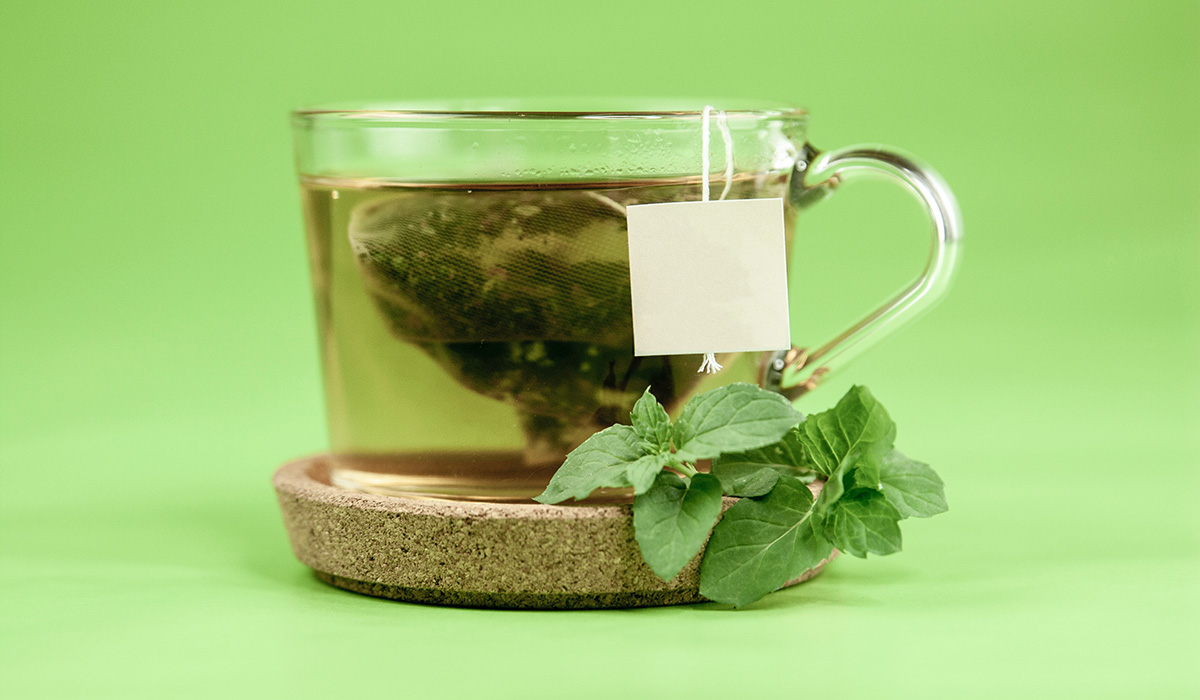Green tea has enchanted tea enthusiasts for centuries with its intriguing history and diverse range of flavors. Join us on a journey as we explore the origins of green tea and its fascinating varieties, and provide invaluable brewing tips. Whether you’re a seasoned green tea connoisseur or a curious newcomer, this article has something for everyone. Don’t forget to share your favorite green tea in the comments below!
Origins of Green Tea: A Rich Legacy
For thousands of years, tea cultivation and consumption have been an integral part of human culture. During most of this time, green tea reigned supreme as the sole variety available. Its origins can be traced back to China’s Sichuan Province, where the smaller-leaved var. Sinensis first flourished. From there, the art of tea cultivation and its medicinal applications spread to neighboring regions. The Tang Dynasty elevated tea drinking to an art form, while the Ming Dynasty introduced matcha, a powdered form of green tea that remains beloved in Japan to this day.
Exportation and Remarkable Varieties
Contrary to popular belief, green tea was the first type of tea to be exported from China. Spring-picked green teas like “Hyson” and “Singlo” found favor among the elite in England and America. In fact, during the iconic Boston Tea Party, a significant amount of green tea was dramatically dumped into the harbor. However, as global demand for tea grew, oxidized tea varieties gained prominence due to their ability to withstand long sea voyages. Today, green tea is produced worldwide, but China and Japan stand as the primary producers, offering a plethora of unique flavors and styles. Notable favorites include:
Chinese Green Teas:
- Anji Bai Cha
- Bi Luo Chun
- Dragonwell/Long Jing
- Fo Mei
- Gua Pian
- Mao Feng
- Mao Jian
- Tai Ping Hou Kui
- Yun Wu
Japanese Green Teas:
- Bancha
- Gyokuro
- Hojicha
- Matcha
- Sencha
If we’ve overlooked any outstanding green teas deserving recognition, please share your suggestions in the comments section!
Processing and Flavor Palette
What sets green tea apart is its minimal oxidation. After withering to reduce moisture content and enhance flexibility, heat is applied to halt oxidation, a crucial step known as the “kill green” process. Chinese green teas are often heated in wok-like pans, while Japanese green teas undergo brief steaming. Some varieties, such as Dragonwell and Bi Luo Chun, are shaped during processing and subsequently dried using ovens or commercial dryers. Green tea presents a predominantly vegetal taste, ranging from delicate and floral for Chinese greens to oceanic flavors in Japanese greens.
Mastering the Art of Brewing
To fully appreciate the subtle nuances of green tea, it’s essential to brew it at lower water temperatures. For a Western-style approach, aim for water temperatures around 175°F (79°C) and steeping times of 1 to 3 minutes, adjusting as per the tea variety. As a general guideline, use 2 to 2.5 grams of tea leaves per 8-ounce cup of water. Gongfu brewing methods also work well for green tea but require careful attention. Maintain a water temperature range of 175°F to 185°F (79°C to 85°C) and keep infusion times brief, typically under 30 seconds. Avoid using thick-walled vessels like yixing clay, as they retain excessive heat. Opting for a glass vessel allows for better temperature control. Additionally, when practicing gongfu brewing, leaving the lid off the brewing vessel between infusions helps dissipate excess heat.
For a delightful and effortless green tea experience, consider trying the “Grandpa style” of brewing. Simply place a small amount of green tea leaves at the bottom of a tall glass and add hot water. As you savor the tea, you’ll be treated to the mesmerizing sight of the leaves gracefully dancing in the water, adding an extra visual appeal to your brewing process. Remember, to avoid any bitterness, it’s crucial to use just enough leaves to cover the bottom of the cup.
Share Your Favorite Green Tea
Now it’s your turn to share! What is your favorite green tea? Is there a particular variety or brand that you find especially delightful? We would love to hear about your experiences and recommendations in the comments section below. Let’s create a vibrant discussion and explore the world of green tea together!
In Conclusion: Discover the Marvels of Green Tea
In conclusion, green tea boasts a rich and captivating history that originated in China and spread its influence worldwide. With its diverse varieties, unique processing techniques, and distinct flavors, green tea offers an exciting journey for tea enthusiasts. By delving into its origins, exploring different varieties, and mastering the art of brewing, you can unlock the full potential of this beloved beverage. So, raise your cup and toast to the joys of green tea! Cheers!



Leave a Reply
You must be logged in to post a comment.